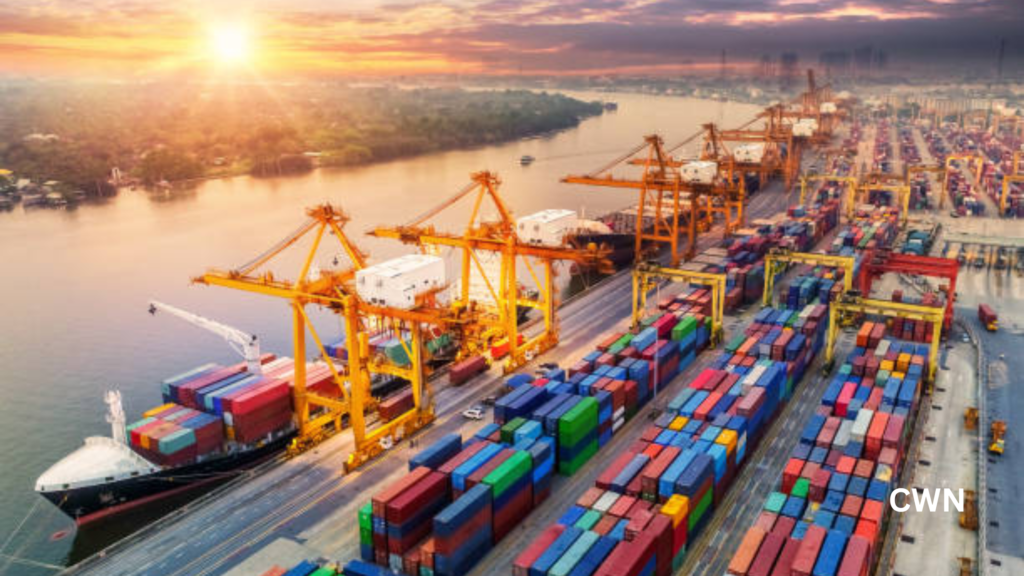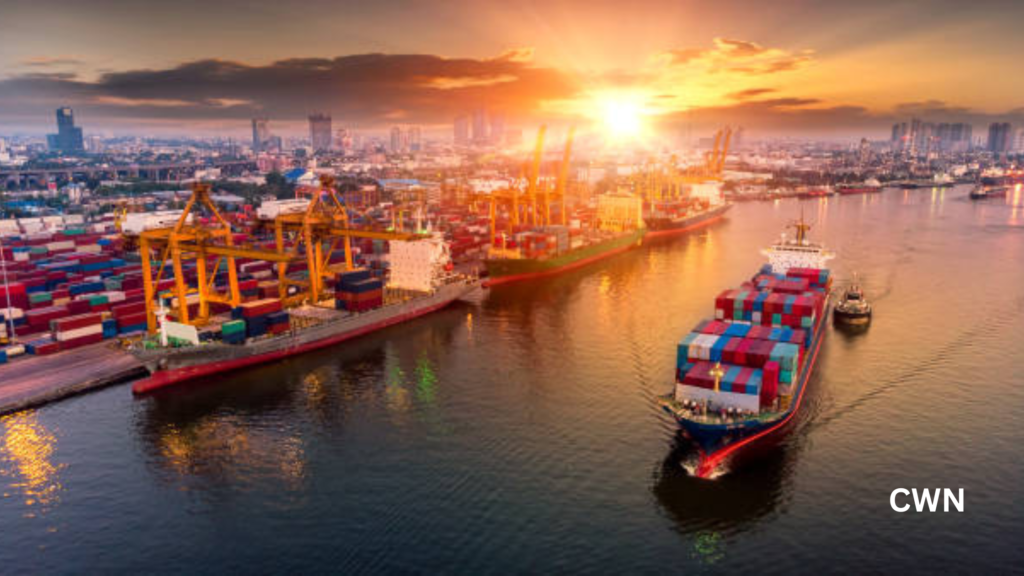In 2025, US trade policies continue to play a pivotal role in shaping the country’s economic landscape.
“Though less aggressive than before, debates over tariffs, trade deals, and balancing industry protection with global partnerships remain significant.”
These trade policies have not only impacted consumer prices and domestic manufacturing but also influenced the broader global economy.
Evolving US Trade Policies: From Protectionism to Diplomacy

The US’s trade policy shift in 2025 focuses on fostering global collaboration and diplomacy. While tariffs imposed during the previous administration on China, Mexico, and Canada continue to be a topic of discussion, President Biden’s approach has included efforts to ease tensions and focus on multilateral agreements. The US-China Phase One trade deal, for example, addresses intellectual property rights and the imposition of tariffs on billions of dollars of goods. This deal, along with the US-Mexico-Canada Agreement (USMCA), has allowed the US to refocus its economic strategy on global partnerships.
Domestic Economic Impact: Consumer Prices and Manufacturing Shifts
Trade policies have a significant effect on consumer prices in the US. Despite some trade deals, tariffs on Chinese goods, such as electronics and raw materials, have led to a rise in the cost of living. Everyday items like clothing and household goods have become more expensive, straining American households. However, certain sectors have benefited from protectionist policies. Industries such as US steel and aluminum manufacturing have seen an increase in demand, showing that some domestic manufacturing has grown due to these policies.
- Exclusive: How to US Trade Impact on Economy in 2025: Need To Know a Comprehensive Analysis

- Exclusive: Year 2024 U.S. Presidential Elections Candidates, Key Issues & Predictions

- Exclusive: Tony Slattery dies in His 65: unexpected Life Lost

The manufacturing sector in the US has had mixed results. While some industries have thrived under protectionist tariffs, others, particularly those relying on global supply chains, face higher costs. Automotive and electronics industries have been significantly affected by rising import prices. Despite challenges, the trend toward reshoring production and investing in local manufacturing has gained momentum.
Global Trade Landscape: Navigating Complex Relationships

In 2025, global trade relations continue to evolve. While the US has made strides in easing tensions with China, there are still ongoing complexities with its trade relationships with the EU and emerging markets. The US is looking to strengthen economic ties in regions like Asia and Latin America to tap into fast-growing markets and diversify trade partnerships. These regions present immense opportunities, particularly in sectors like technology, renewable energy, and agricultural exports.
In addition, trade disputes with European nations continue, especially regarding issues like data privacy, digital services, and tariffs on European goods. The Biden administration’s efforts to navigate these challenges are key in maintaining a competitive edge on the global stage.
- How to Make Pizza Like Restaurant Style at Home Recipe

- Watch: How to Make Juicy & Delicious Chicken Breast with Boiled Rice and Curry

- How to Make: Epic Winter Soul Soothing Soup Recipes To Make Try This Season

The Future of US Trade: Strategic Diplomacy and Global Collaboration
Looking forward, US trade policies in 2025 are expected to focus more on strategic diplomacy and global collaboration. The US is likely to prioritize digital trade and green energy partnerships, which will contribute to long-term economic growth. The recent focus on addressing global supply chain disruptions and technological advancements highlights the US’s strategic approach to future trade.

The challenge for the US is to strike a balance between protectionist policies aimed at supporting domestic industries and the need to engage in global trade partnerships that ensure economic stability. The global economy is rapidly changing, and the US must adapt to new economic realities to maintain its leadership.
Conclusion
In conclusion, the trade policies of the United States in 2025 are shaped by a mix of protectionist measures, strategic diplomacy, and renewed multilateral agreements. While trade tensions with certain countries persist, the broader trend is toward global engagement. The evolving US trade strategies are designed to foster both domestic growth and international partnerships, ensuring that the US remains competitive in an increasingly interconnected global market.
- How to make Chinese Chicken Dumpling: A Delicious Homemade Recipe

- Exclusive: How to US Trade Impact on Economy in 2025: Need To Know a Comprehensive Analysis

- Remarkable Legal Victory: What Happened as UK Home Office Pays Nearly £100,000 for Human Rights Breach Need to Know

- Exclusive: UK Economy Faces Higher Inflation and Slower Growth, You Need to Know Bank of England Predicts

- Exclusive: Record Amount of Sea-Effect Snow Piled High in Hokkaido, Japan, and More Is on the Way

- Breakthrough the Eye-Opening Israel-Palestine Conflict: A Comprehensive Overview

- Exclusive: Year 2024 U.S. Presidential Elections Candidates, Key Issues & Predictions

- Exclusive: New Series of Vivo X200 Pro Mini in Pakistan

- Exclusive: New Vivo X200 Pro Launched In Pakistan with 200MP

